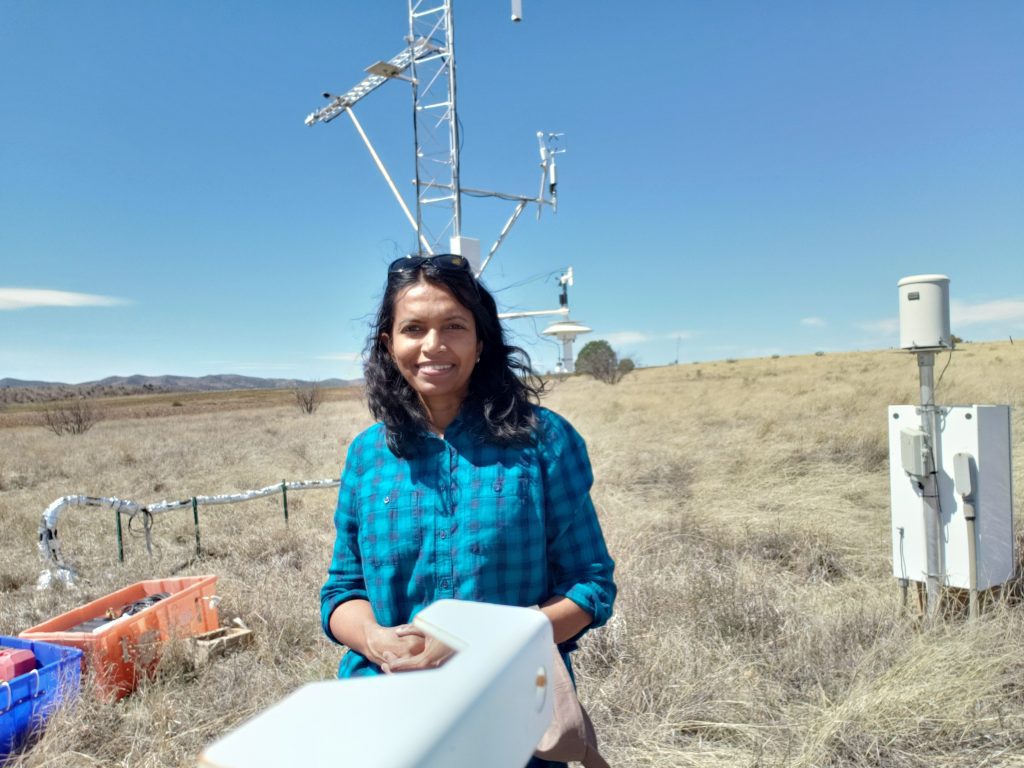Praveena Krishnan on learning from setbacks and following your passion
Praveena Krishnan is an atmospheric scientist at the NOAA Air Resources Laboratory’s Atmospheric Turbulence and Diffusion Division (ATDD) in Oak Ridge, Tennessee. Her research is […]
Praveena Krishnan on learning from setbacks and following your passion Read More >
